整理:Karen,Foresight News
Ethereum Foundation researcher Justin Drake proposed the final design of Ethereum at today's Devcon conference, which centers around a large-scale redesign of the Ethereum consensus layer. He named this proposed design and fork "Beam." So, what vision does Beam Chain carry? How is its technical architecture and implementation plan laid out?
Beam Vision
Why is there a need for a large-scale redesign of the consensus layer? Justin Drake believes that the current beacon chain is outdated, as its specifications were frozen five years ago. Additionally, in recent years, there have been many breakthroughs in areas such as MEV mitigation, SNARKS (Succinct Non-Interactive Arguments of Knowledge), and zKVMs (Zero-Knowledge Virtual Machines), making the redesign of the consensus layer particularly urgent.
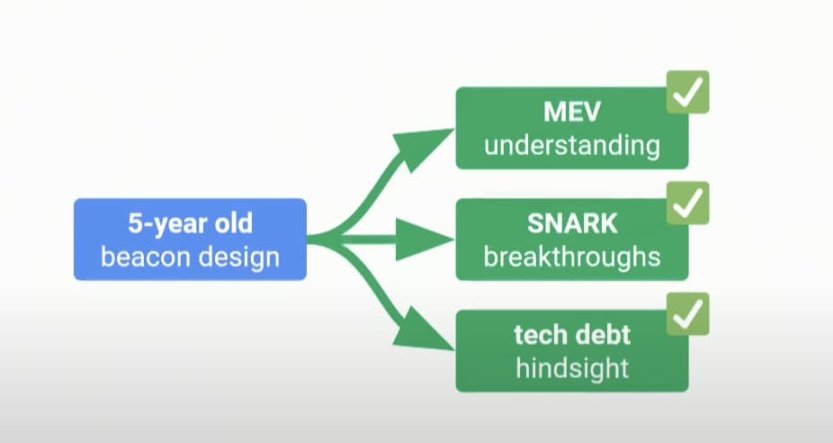
It is important to note that since the launch of the beacon chain in 2020, Ethereum has undergone a significant fork upgrade each year. From the addition of the sync committee in 2021, to the completion of the merge in 2022, to the support for staking withdrawals in 2023, and the proto-danksharding in 2024, each step has witnessed Ethereum's growth and transformation. In 2025, Ethereum will implement the Electra fork, which includes the implementation of EIP-7251 (MaxEB). In the coming years, Ethereum will also undergo some incremental forks.
However, after these incremental forks, Justin Drake believes we may face an unprecedented challenge—the Beam fork. This represents a "quantum leap" in the consensus layer, capable of integrating multiple upgrades into a single fork.
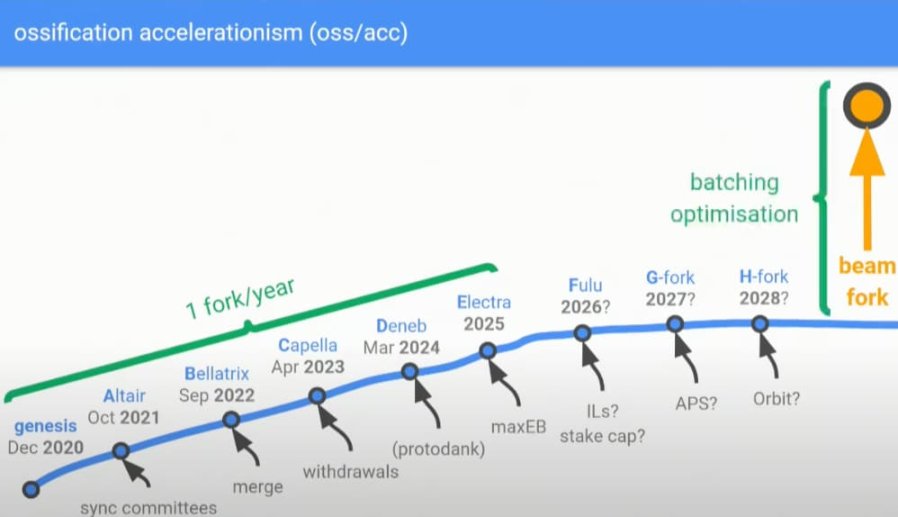
It is worth mentioning that Beam specifically targets the consensus layer, excluding the blob and execution layer (which includes EVM), because the opportunities to modify the blob and execution layer are quite limited. On the other hand, the consensus layer is not directly used by applications, providing a greater opportunity for design and change.
The roadmap for the Beam Chain consensus layer includes three categories: block production, staking, and cryptography. In terms of block production, it aims to achieve resistance to censorship by introducing inclusion lists, decoupling validators from the block production process, and exploring ideas like execution auctions. Additionally, it may shorten the current 12-second slot time.
Regarding staking, researchers widely believe that optimizing the current issuance curve could improve the overall health of Ethereum. Furthermore, reducing the amount of Ethereum required to become a validator and achieving faster finality are also key research focuses. In terms of cryptography, the main areas of focus include chain abstraction, quantum security, and strong randomness.
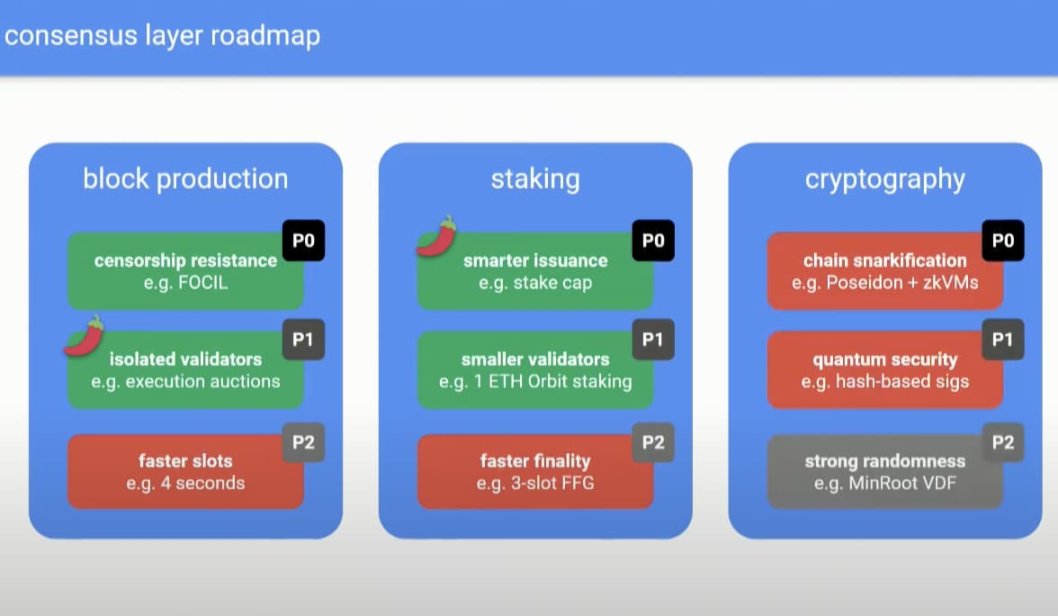
Beam Chain Technical Layer
Justin Drake believes that "after PoW and PoS, we may be entering the era of zero-knowledge proofs for Ethereum consensus. In the ZK era, SNARKS will become an indispensable technology. The entire Beam Chain, and even the entire consensus layer, can be processed with SNARKs. This is when zKVM will shine."
It is important to note that the part that needs SNARK processing is primarily the state transition function, which is the core of the consensus client. All infrastructure surrounding the state transition function, such as networking, syncing, cache optimization, or fork choice rules, does not require SNARK processing. Ultimately, the state transition function is just a subset of the entire system.
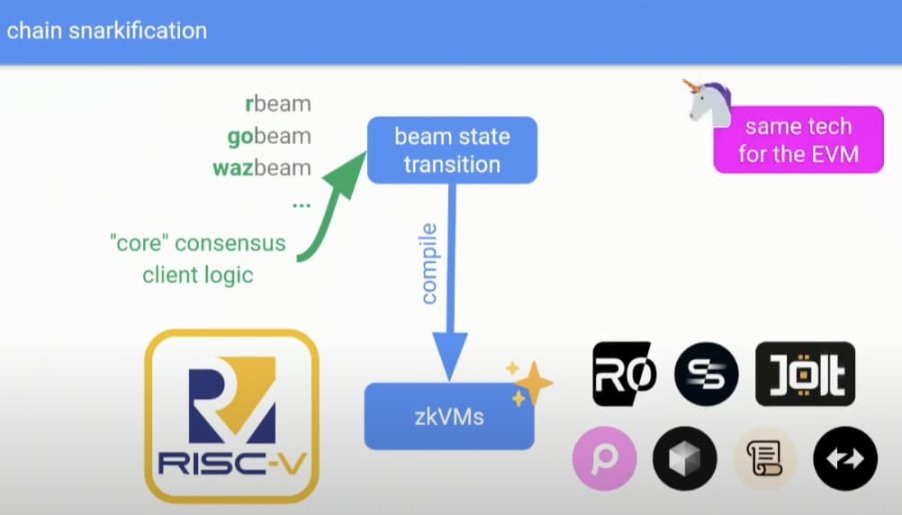
Another area where SNARKS are heavily utilized in Beam Chain is in aggregate signatures—using hash functions to achieve post-quantum aggregatable signatures. Justin Drake explains that thousands of signatures can be collected and compressed into a single proof, resulting in a hash-based post-quantum aggregatable scheme, which can also be aggregated multiple times.
In addition, Ethereum will continue to use existing infrastructure, including libp2p, SimpleSerialiZe, PySpec, and Protocol Guild.
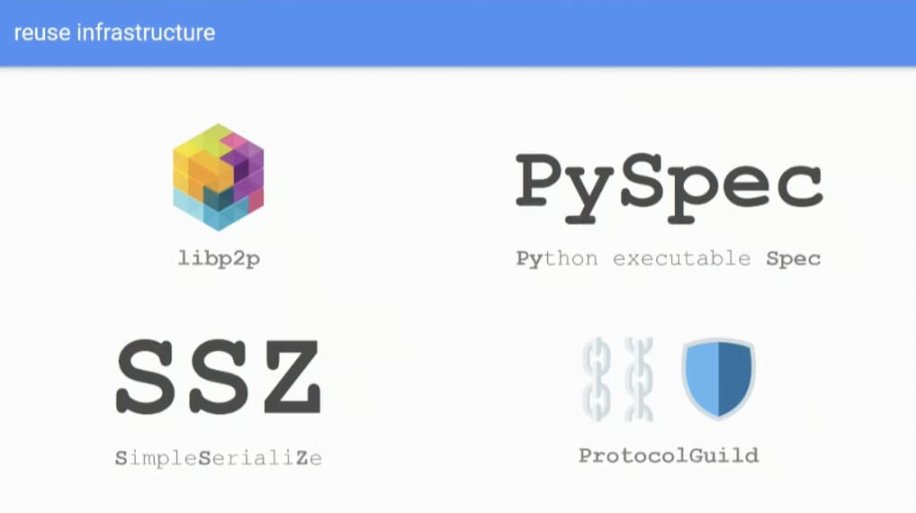
Beam Chain Roadmap
Justin Drake has developed a detailed plan for the launch of Beam Chain, starting with the specification drafting process in 2025, construction beginning in 2026, and testing starting in 2027 to ensure Beam Chain meets production-level standards and can be safely deployed to the mainnet. According to the roadmap below, the mainnet deployment may occur in 2029 or later.

Justin Drake plans to start writing executable specifications next, which will ultimately be streamlined to about 1,000 lines of Python code.
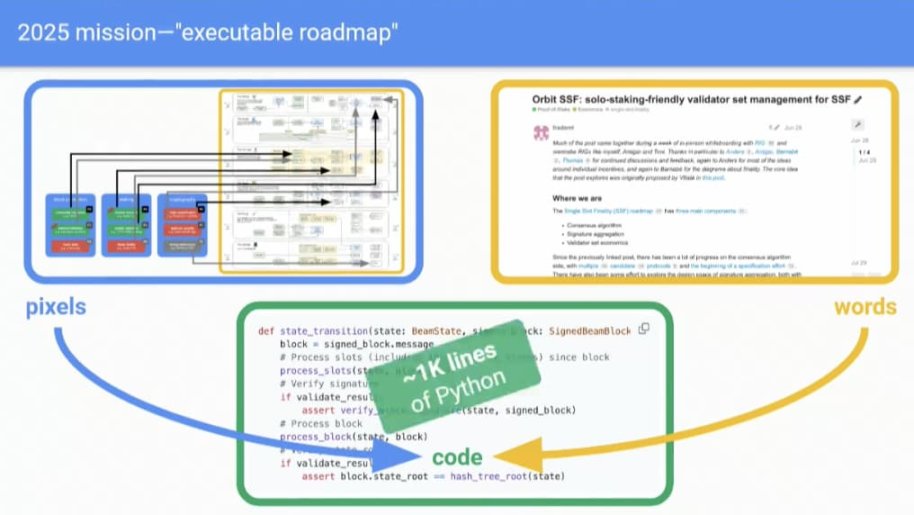
Additionally, two client development teams (the Zeam team from India and the Lambda team from South America) have expressed interest in developing the Beam Chain client.
免责声明:本文章仅代表作者个人观点,不代表本平台的立场和观点。本文章仅供信息分享,不构成对任何人的任何投资建议。用户与作者之间的任何争议,与本平台无关。如网页中刊载的文章或图片涉及侵权,请提供相关的权利证明和身份证明发送邮件到support@aicoin.com,本平台相关工作人员将会进行核查。




